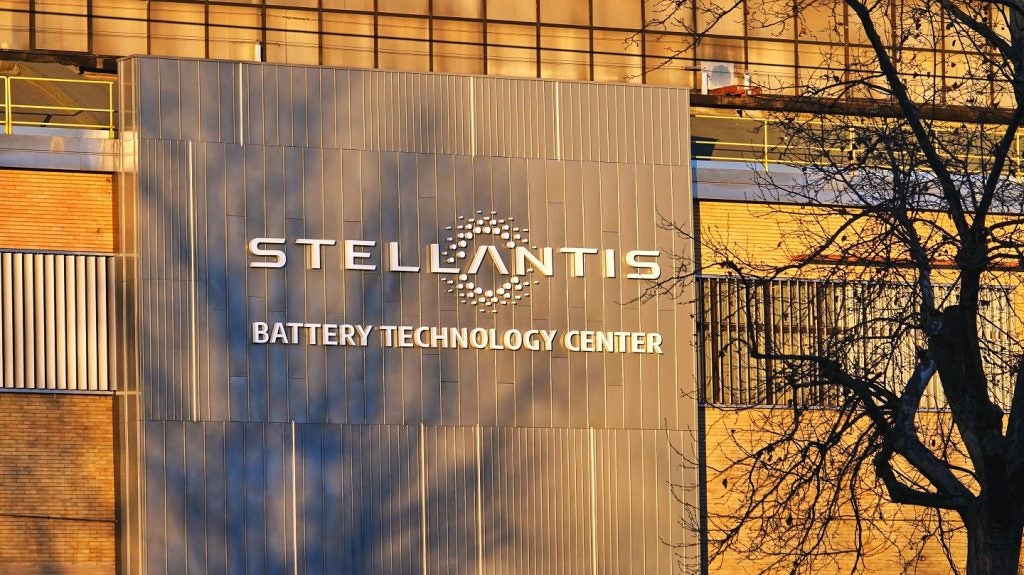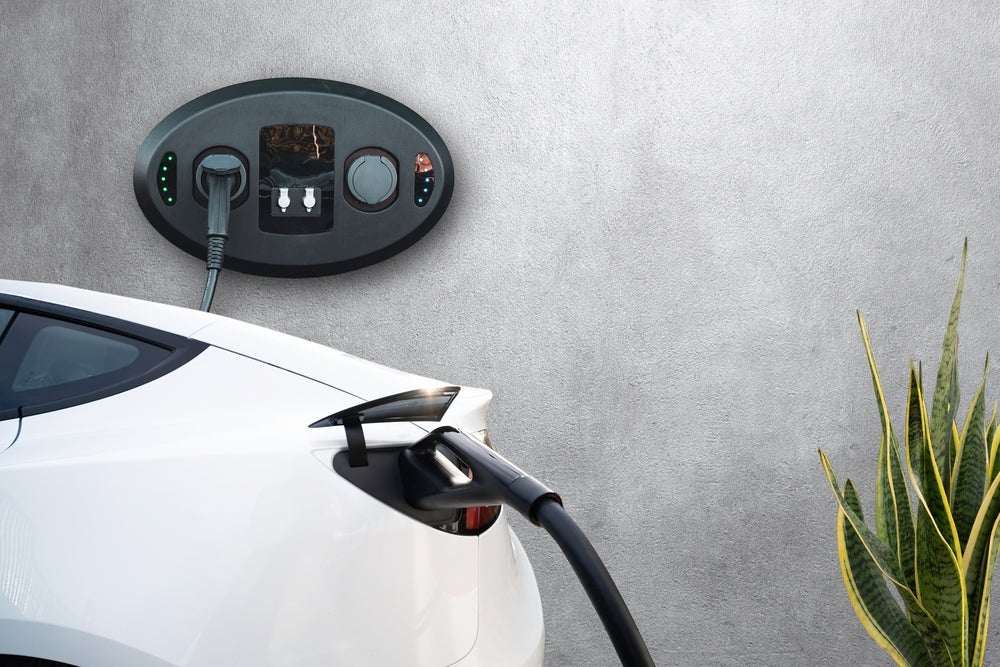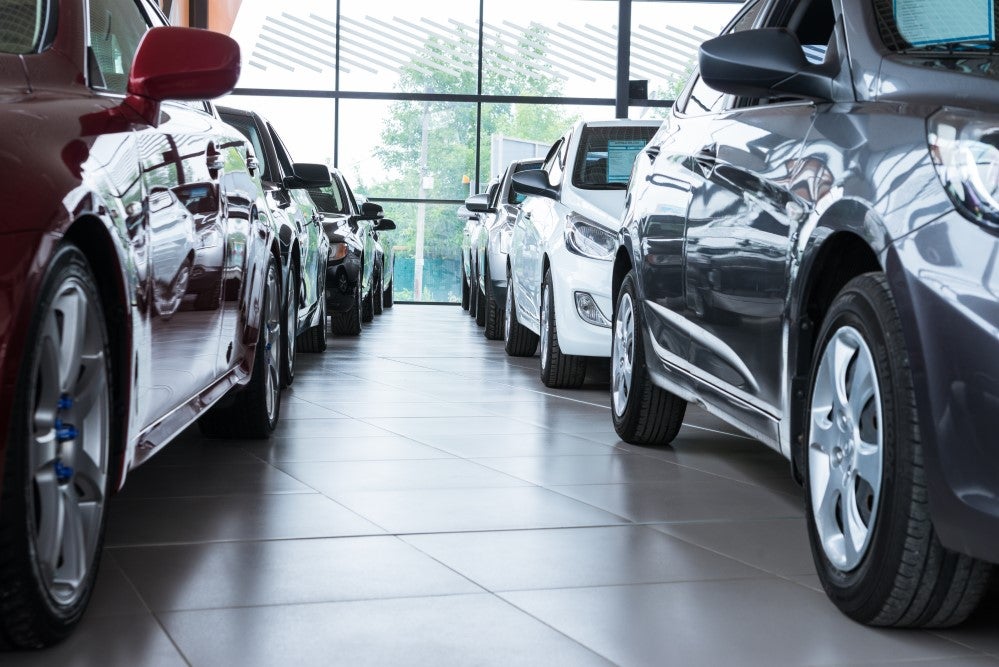
Under the UK-EU Trade and Cooperation Agreement (TCA), batteries for electric vehicles (EVs) in Europe and the UK can have up to 70% of their components come from outside the UK and EU before they have to pay any tariffs.
But at the end of this year that is going to change. From the first of January 2024, batteries that have more than 40% of their components sourced from outside the UK and EU will have to pay the tariff.
The requirement is not changing without good reason and is broadly supported.
“It’s a good policy because it strives for localisation that will allow the automotive supply chain ecosystem to grow in the UK,” says Suzanna Hinson, Lead of Emerging Sectors and Lead of Battery Workstreams at the Green Finance Institute. “It’s almost like a buyout price because if you don’t meet it you pay a 10% tariff charge. So, the localisation is good. It creates jobs and industry, which is really important.”
Localisation is also good for the product itself. Batteries produced in Europe and the UK will not come with ESG concerns around issues of child labour or government corruption. Even now, in the post-Brexit environment, the UK is recognised alongside Europe as a leader in terms of industry standards. Producing the batteries locally also means that the end product will be more environmentally sound.
“There is a greener grid and stricter waste criteria, and companies are under pressure to decrease greenwashing,” Hinson says. “There is consumer demand for truly green products, and there is already this debate about whether EVs are green because the batteries produce more emissions during manufacturing than the manufacture of an ICE vehicle. The lifecycle emissions make that irrelevant, but it demonstrates the need to make battery manufacture as green as possible. So localising is important.”
How well do you really know your competitors?
Access the most comprehensive Company Profiles on the market, powered by GlobalData. Save hours of research. Gain competitive edge.

Thank you!
Your download email will arrive shortly
Not ready to buy yet? Download a free sample
We are confident about the unique quality of our Company Profiles. However, we want you to make the most beneficial decision for your business, so we offer a free sample that you can download by submitting the below form
By GlobalDataThe need to localise the supply chain is recognised across the industry, especially when the market is receiving pressure from suppliers in places such as China.
“We need to localise and have local supply,” says Lars Carlstrom, CEO and founder of battery gigafactory firms such as Italvolt, and Statevolt. “There are also other issues we need to highlight. When Europe sells a car to China they must pay a 25% import tax. China pays a 10% import tax. Why are we subsidising Chinese cars into our market? It could be even more on luxury models. This is the first thing we need to correct. We have to change the tariff for importing.”
A question of timing: EV batteries
But while the need for a tariff like this is recognised throughout the sector, that does not mean its introduction comes without controversy.
“Everyone agrees that the tariff is a good policy,” Hinson says. “It is when we do it that’s the issue.”
The current timeline for the transition to, and adoption of electric vehicles is still approximate, and the industry is keen for it to happen soon, but there are obstacles.
“It is in my interest to accelerate the adoption of gigafactories, but we are suffering from supply chain issues,” Carlstrom says. “How will we get hold of sufficient supply to make these factories happen? It will take decades to establish a local or European supply chain. Without having these factories ready in time, there is a significant threat to our automotive industry in Europe and the UK.”
Carlstrom points out that for the past two decades, China has been preparing to take over the EV supply chain market. He believes the industry needs to accelerate the construction of the supply chain, those factories need to be supported.
“The rarest minerals are 95% controlled by China, which is a huge issue. We also see Chinese car manufacturers sponsored by the central government, lowering the prices on EVs,” Carlstrom says. “They are going to bring down prices, sponsored by the Chinese government, to gain market share in Europe and UK. If you are not on time with these factories, having organised the supply chain, then we are doomed.”
But while Carlstrom is the first to identify the need for strategies like an increased tariff, and the strict timeline ahead, he also thinks introducing the tariff too soon could have unintended consequences.
“I think we should be more flexible on the timeline regarding the combustion engine. It will give us more time to establish the supply chain, establish the EV market and infrastructure for EVs,” Carlstrom says. “I don’t think politicians understand how tough it is to meet the deadlines of 2030 or 2035. We need to look into how to do this the proper way. The 2030 or 35 timeline isn’t realistic.”
This is a point of friction between the government and the industry. As Hinson says, “It’s chicken and egg.”
“The Government is saying this process has been dragging on for ages, and that if we put the deadline back again the industry won’t make any progress until it is imminent again,” Hinson says. “In [the UK] Parliament, the Transport Committee has had several sessions on this topic and the debate was a to-and-fro between MPs saying ‘You know about this’ and the industry saying they support the tariff change but cannot create a market with that alone. This is something the GFI has seen.”
It is a conflict GFI has not lobbied for on either side, recognising all the challenges around the sector.
“We think that this tariff is important for driving localisation, but we see that it is hard to move this market,” Hinson says.
A new market sector: EV batteries
Hinson also acknowledges that there are other challenges to overcome. While the tariff might help to create demand, demand alone is not enough.
“This is a whole new sector we are trying to create. There are rifts about the costs of products, new technology, and the chemistry of it,” Hinson says. “This is where you come back to the tariff being a buyout price. But if it is cheaper than the alternative of setting up a whole new domestic market, that is what could happen. The act of making that domestic market needs to be incentivised enough.”
The question becomes, what does a realistic timeline look like? And with the pressures of climate change becoming more urgent all the time, how long can we afford to wait?
“I think a realistic timeline is 2040 to 2045,” Carlstrom argues. “I think we need to be a bit smart and understand where we are on the map in terms of supply chain and infrastructure. The timing will mean we have to accelerate the infrastructure and supply chain.”
The supply chain, in particular, is an issue Carlstrom believes will be a sticking point. To build that supply chain the industry needs domestic industry resources, which means building mines, which means getting permissions to build those mines, and all of that takes time, potentially decades to do.
“Maybe we should aim to have 50% EVs on the road, by 2030 or 2040, 75% and then 100% EVs by 2045,” Carlstrom speculates. “It should be something we are scaling down over a number of years. It will be less dramatic and will secure the European automotive industry appropriately. We are risking millions of jobs if this goes wrong and they will end up in China, creating a recession for at least a decade.”
Necessary measures
Ultimately, right now Carlstrom believes the fate of the industry lies with the decisions of politicians, but he remains optimistic.
“We need to influence politicians so that they understand the difficulties the industry is facing, but there are more opportunities than negatives,” Carlstrom says. “The upside is amazing. Most of our industry has been lost to Asia and we can bring it back to Europe and the UK if we do this in the right way. It’s a very fragile balance to strike, and we need to be more flexible in terms of timelines.”
As things stand, however, the January first deadline is still in play. GFI is arguing for mechanisms that might help to make it possible.
“From the GFI’s perspective, the question is ‘What else needs to be done so this policy can be met?’” Hinson says. “We have great innovation in this country that can take root and establish this business in the UK, building up the supply of battery products to be sold overseas. In our view, we need mechanisms to reduce the risk of investing in the sector. It is a new technology that is not as well understood. The supply chain is not as well understood, and all of this creates risk. So the UK and EU could come up with de-risking mechanisms to bridge that gap.”
The de-risking mechanism GFI is working on is a battery investment facility, a blended finance product that uses public capital to de-risk private investment.
“It would allow companies in the UK to scale so that tariffs like this can be met in future,” Hinson says. “The tariff drives demand, but the big question is how do you increase supply?”
Carlstrom remains sceptical.
“I’m not sure that we can manage it,” he says. “It is so double-sided. We are squeezed here. We need the supply, we don’t have the supply and we need to safeguard our industry. It is a tricky situation.”
That being the case, Carlstrom still has suggestions that might make the deadline more feasible.
“The permitting processes for minerals have to be shortened to keep up with this very serious timeline. It takes China a week or two weeks to make a decision where it takes Europe five-to-seven years. No wonder we’re not on track,” he says. “The bureaucracy has to be adjusted and dealt with very soon.”
The impact on finance
Predominantly the tariff is a supply-side issue. Whether that change will have an impact on the finance side of the industry remains to be seen.
“If manufacturers meet the policy, there won’t be an impact!” Hinson says. “But the industry is saying they won’t be able to meet it and want the deadline pushed back.”
Some companies, faced with the January first deadline, may choose to pay the 10% tariff. If they do, the consequences could ripple outwards.
“We haven’t modelled out the implications of that, but the obvious implication is it will increase costs,” Hinson says. “The extent to which that will be passed onto consumers will impact the transition to EVs as a whole. Originally Bloomberg said we would achieve price parity in 2024. Now the target is 2026. If we see costs go up that might push it back again.”
As ever, the finance sector will move to adapt, but this can only mitigate the impact.
“There are mechanisms and leasing options that we and others have been working on to overcome that upfront cost, but that is one of the implications,” Hinson says.
Carlstrom agrees.
“The impact on finance is that we are putting the motor industry at risk if we don’t do this the smart way,” he says. “We need to be close to the market to understand the timeline and how lengthy the process of building factories and changing the supply chain is. The motor industry could be under significant threat if it is not handled in the right way.”
Either way, Carlstrom argues that the British and European car industries have a lot of catching up to do.
“It is easier to buy a Korean or Chinese car in three months than a European one in a year and a half. It’s a messy situation,” he says. “But it is also an amazing opportunity for Europe and the UK to build its industries. We need to safeguard our industry. Automotive is our most important industry so we need to preserve it for many years to come. It will be a challenge, but it is one that can be turned very positive.”
Are EV leasing prices inflated?
Could battery swapping replace EV charging?







